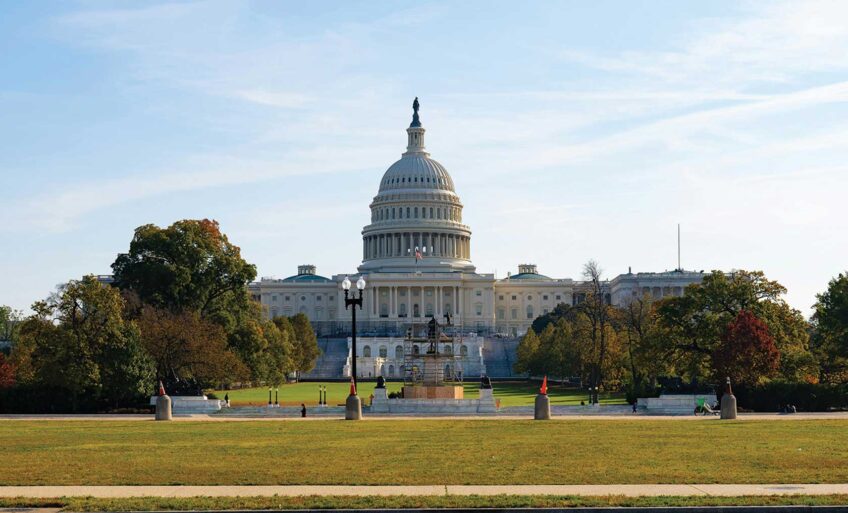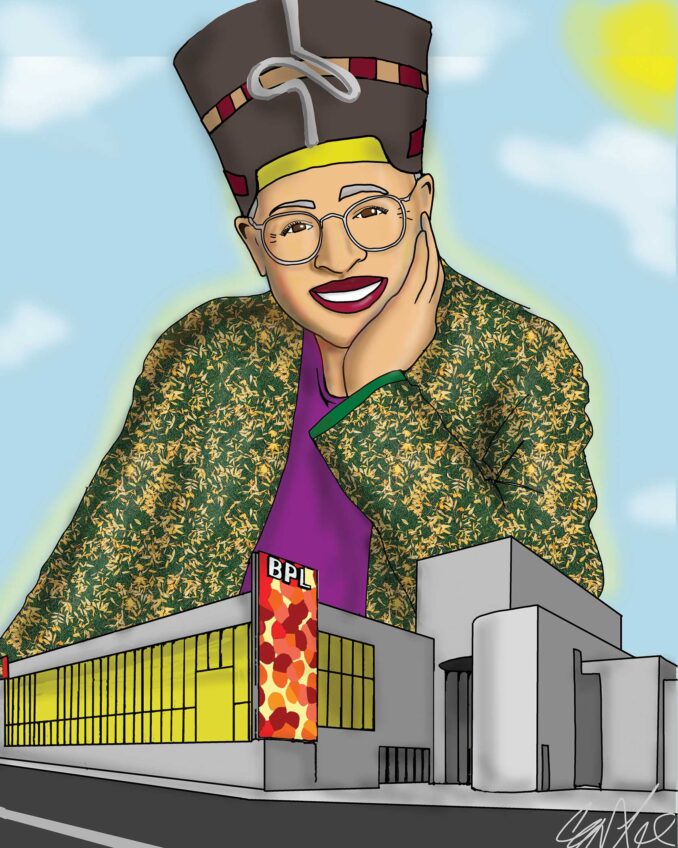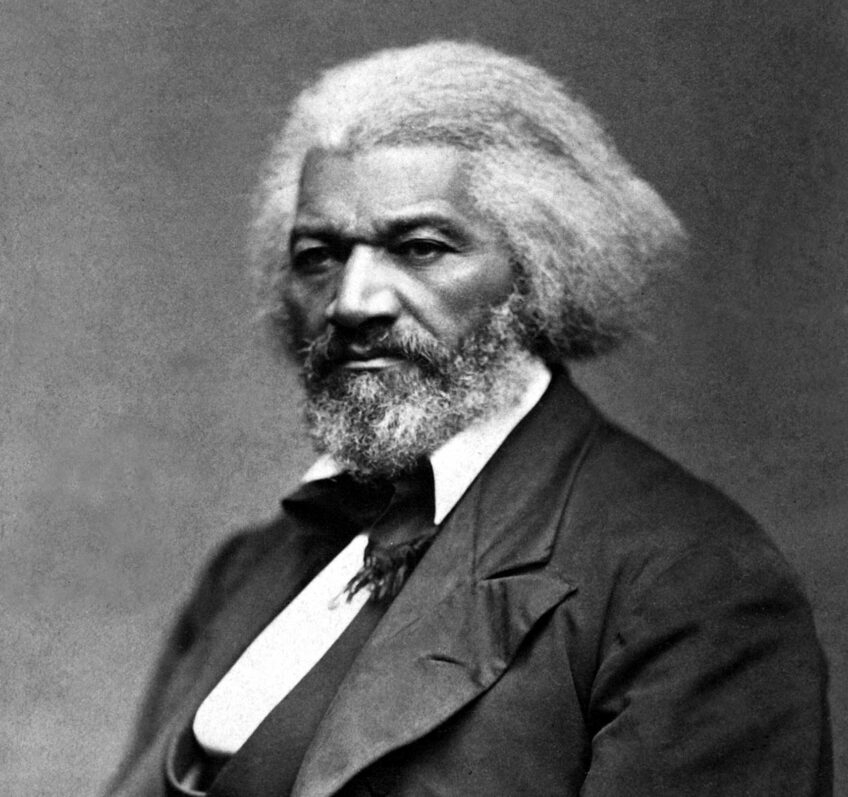There may be no greater example of the enormous gulf dividing America, separating the haves from the have-nots, then the trend of rich and powerful people calling COVID-19 an “equalizer.” From Madonna to Governor Andrew Cuomo, people of privilege have taken to social and mass media to emphasize the shared experience of the virus. Anyone can get sick. Everyone is locked up. We’re all in this together.
Except, that is not and has never been true. Coronavirus may not discriminate. But America certainly does.
Public health researchers have long warned that an individual’s zip code is a better predictor of their health than their own genetic code. Your zip code determines your relationship to a multitude of social determinants of health, ranging from access to green spaces and reliable transportation, availability of healthcare services and healthy foods, and proximity to industrial waste and pollution. The unequal distribution of these resources can influence the health of entire communities. For example, exposure to air pollution is associated with higher levels of cardiovascular and respiratory disease, while living in an older residential building in crowded and unsanitary conditions may lead to increased levels of lead in the blood, as well as asthma.
Because of the lingering effects of redlining and other racist federal housing policies, which presaged today’s continuing racial wealth gap, many American zip codes — particularly in urban regions — remain racially segregated. To take the example of St. Louis, Missouri, a single road divides a “poor, predominantly African-American neighborhood” from a “more affluent, largely white neighborhood.” Whether you live to the north or south of the line predicts the likelihood that you attained a bachelor’s degree, or the likelihood you have heart disease or cancer.
In zip codes home to predominantly black and Latinx populations, researchers have noted a distinct lack of so-called auxiliary health care practitioners, ranging from mental health specialists to dentists, which harms the ability of those communities to receive quality health care and manage chronic conditions. Unsurprisingly then, across the United States, rates of asthma, obesity, diabetes, and other cardiovascular risk factors are much higher among black and Latinx individuals than in whites.
Right here in Massachusetts, the Boston-Cambridge-Newton area was ranked, by one measure, as the seventh most segregated metropolitan area in the country, with over 40% of the population living in segregated areas. In the low-income communities of color bordering Logan Airport, including Chelsea, Revere, and East Boston, aircraft emissions contaminate homes and schools with a “harmful air pollution” that can lead to heart attacks and strokes.
All of these cities, along with Lowell, Brockton and Lawrence, are also “food deserts,” areas with limited access to the healthy food that can help regulate weight, diabetes, stroke, and heart disease. Higher percentages of cold-related illness, overcrowding and secondhand tobacco smoke exposure are reported in the South End, Roxbury, Dorchester, East Boston and South Boston.
Unsurprisingly then, the racial health gaps in our region are stark. Black and Latinx Boston residents bear a disproportionate burden of morbidity and mortality from ailments associated with socially determined circumstances, suffering from higher rates of asthma emergency department visits, obesity, hypertension, diabetes hospitalizations and tuberculosis than their white counterparts.
Is it any wonder then, that communities of color were so vulnerable to COVID-19, which is most fatal in individuals with asthma, heart conditions, obesity, and diabetes — the very illnesses shaped by our segregated environments? Is it sheer coincidence that the airborne particles polluting communities of color may also be assisting the spread of COVID-19? Is it truly surprising that, from Chelsea to Chicago, people of color across the United States are falling ill and dying from coronavirus at disproportionate rates?
When the pandemic subsides, we cannot simply resume life as normal. Instead, we must confront a single, simple truth: Far from being an equalizer, the virus has exposed the vast environmental inequality of American life.
Iván Espinoza-Madrigal is executive director and Lauren Sampson is a staff attorney at Lawyers for Civil Rights.






